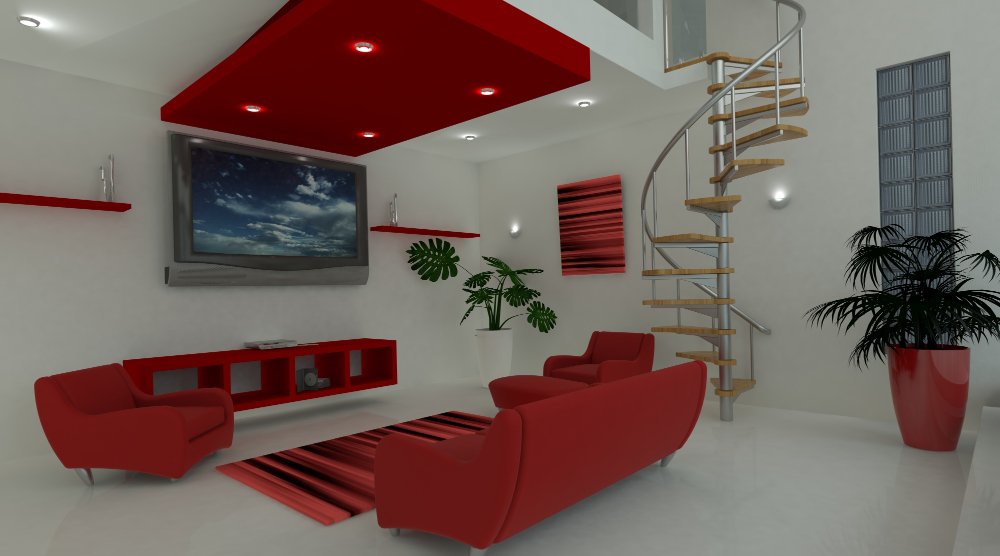interior design polyuria is a dynamic field, constantly evolving with new materials and innovative solutions. One such breakthrough material that has recently garnered significant attention is polyurea. While it’s traditionally associated with industrial applications, polyurea has started to make its mark in interior design. Known for its durability, versatility, and rapid application process, polyurea is proving to be a game-changer in the design world.
In this article, we’ll explore the benefits of using polyurea in interior design, its various applications, and important considerations when incorporating it into your projects. Whether you’re a professional interior designer or a homeowner seeking to upgrade your space, understanding polyurea’s potential can help you make more informed decisions.
What is Polyurea?
Polyurea is a fast-curing polymer made from a reaction between an isocyanate and an amine. It’s often used as a coating for surfaces to enhance durability and provide water resistance. What makes polyurea especially appealing is its ability to be applied quickly, curing in as little as 30 seconds, and its ability to form a seamless, flexible layer that can withstand harsh conditions. These qualities make polyurea not just a practical solution but also a creative medium for interior designers seeking to achieve both function and aesthetic appeal.
Key Benefits of Polyurea in Interior Design
- Durability and Longevity
Polyurea’s high durability makes it an excellent choice for high-traffic areas. Once applied, it forms a tough, flexible coating that resists scratches, stains, and impacts. Whether on floors, walls, or furniture, polyurea coatings can endure the wear and tear of daily use. It also resists corrosion and is highly UV-stable, preventing fading and degradation over time. - Water and Moisture Resistance
Polyurea is inherently waterproof, making it a valuable material for spaces where moisture control is crucial, such as kitchens, bathrooms, and basements. Its moisture-resistant properties also help prevent mold and mildew growth, which can be a significant issue in humid environments. - Aesthetic Flexibility
Polyurea is available in a wide range of finishes, from glossy to matte, and can be tinted in various colors. This allows designers to customize the material to fit any aesthetic, from ultra-modern minimalist designs to bold and vibrant spaces. The seamless application also allows for creative freedom, enabling the creation of smooth, uninterrupted surfaces that enhance the overall design. - Rapid Curing Time
Unlike traditional materials that require long drying or curing periods, polyurea cures quickly, which is a huge advantage for time-sensitive projects. In just 30 seconds to 3 minutes, polyurea coatings can be touch-dry, reducing downtime and allowing other phases of the project to proceed without delay. - Eco-Friendly Properties
Polyurea is a more environmentally friendly option compared to many other synthetic materials. It has low VOC (volatile organic compound) emissions, making it safer for indoor air quality. Additionally, polyurea coatings are long-lasting, meaning fewer resources are needed for maintenance and replacement, contributing to a more sustainable design.
Applications of Polyurea in Interior Design
1. Flooring Solutions
Polyurea has become a popular choice for flooring, especially in commercial and high-traffic residential spaces. Its seamless, non-porous finish makes it ideal for areas prone to spills and stains. Whether you’re looking for a high-performance floor in a retail space or a stylish finish for your home, polyurea can be applied in a range of decorative and functional forms.
Pros of Polyurea Flooring:
- Excellent resistance to abrasion and impact
- Seamless finish with no grout lines to harbor dirt and bacteria
- Suitable for a variety of environments, from kitchens to industrial spaces
- Easy to clean and maintain
2. Wall Coatings and Surfaces
In interior design, polyurea can be applied to walls for both aesthetic appeal and practical benefits. Polyurea coatings can be used to create smooth, glossy, or matte finishes on walls in bathrooms, kitchens, or even accent walls in living rooms. It offers an additional layer of protection against water damage, making it an excellent choice for high-humidity areas.
Pros of Polyurea Wall Coatings:
- Water-resistant properties ideal for bathrooms, kitchens, and basements
- Ability to create custom colors and textures
- Smooth and modern finish that adds depth and dimension to the space
3. Countertops and Furniture
Polyurea is an increasingly popular option for creating durable and attractive countertops. It’s particularly beneficial in commercial kitchens and bathrooms where surfaces must be resistant to heavy use. Polyurea can also be used in furniture design, offering a sleek, custom-finished look with unparalleled durability.
Pros for Countertops and Furniture:
- Resistant to stains, scratches, and heat
- Provides a high-gloss or matte finish, depending on the design
- Ideal for areas exposed to heavy use or wear
4. Ceiling and Lighting Fixtures
Polyurea coatings can also be applied to ceilings and lighting fixtures. The flexibility and fast-curing nature of polyurea make it a suitable material for creating unique ceiling textures or coating lighting elements. Designers can use polyurea to achieve a modern, industrial look or to create seamless, clean lines.
Pros for Ceilings and Fixtures:
- Quick application time allows for rapid project completion
- Customizable to suit any design style, from industrial to contemporary
- Offers resistance to heat and moisture
5. Decorative and Functional Accents
Interior designers are now exploring polyurea for decorative elements such as sculptures, art installations, and decorative panels. Polyurea’s flexibility and ability to take on various textures make it an excellent choice for creating bold visual accents. Additionally, polyurea can be used to coat and protect architectural elements like beams, columns, and supports.
Pros for Decorative Accents:
- Can be molded into various shapes and textures
- High durability ensures long-lasting decor
- Water-resistant and UV-stable, suitable for indoor and outdoor use
Polyurea vs. Other Interior Design Materials
To provide a clearer perspective on the advantages of polyurea, let’s compare it to some other common materials used in interior design: epoxy, concrete, and traditional paint.
| Feature | Polyurea | Epoxy | Concrete | Traditional Paint |
| Durability | High | High | Moderate | Low |
| Curing Time | Fast (30 seconds – 3 mins) | Slow (6-12 hours) | Moderate (24-48 hours) | Fast |
| Water Resistance | Excellent | Good | Poor | Poor |
| Aesthetic Flexibility | High (variety of finishes and textures) | Moderate (limited to glossy or matte) | Moderate (textured) | High (variety of colors) |
| Ease of Application | Very Easy (rapid curing) | Moderate | Difficult | Easy |
| Maintenance | Low | Low | High | Moderate |
| Eco-Friendliness | High (low VOC) | Moderate (medium VOC) | Moderate (high energy consumption) | Low (high VOC) |
Considerations When Using Polyurea in Interior Design
- Surface Preparation
For the best results, the surface to which polyurea will be applied must be thoroughly cleaned and prepared. Polyurea bonds best to surfaces that are smooth and free of contaminants. Depending on the material being coated, additional steps like sanding or priming may be required. - Temperature and Humidity
Polyurea is sensitive to temperature and humidity levels during application. It’s essential to apply polyurea in controlled conditions, as extreme temperatures can affect its curing process and overall quality. Make sure to follow the manufacturer’s guidelines to ensure proper application. - Cost Considerations
While polyurea is a durable and high-performance material, it can be more expensive than traditional materials like paint or epoxy. For large-scale projects, the cost may be a consideration, although the longevity and low maintenance requirements may make it a cost-effective option in the long run. - Specialized Application
Because polyurea is a specialized material, it may require skilled professionals for application. While DIY kits are available, achieving a flawless finish often requires experience. It’s best to hire a professional who is trained in polyurea application to ensure optimal results.
Conclusion
Polyurea is rapidly gaining popularity in the world of interior design due to its durability, rapid application, and versatile aesthetic possibilities. Whether you’re looking to enhance the functionality of your flooring, create unique wall finishes, or design custom furniture, polyurea offers an innovative and practical solution. With the ability to resist moisture, stains, and wear while maintaining a sleek appearance, it’s no surprise that polyurea is becoming a go-to material for interior designers.
By understanding its benefits, applications, and considerations, you can make informed choices that will elevate the design and functionality of your space. Whether you’re redesigning a commercial property or refreshing your home, polyurea’s remarkable properties will help you achieve both style and durability.











